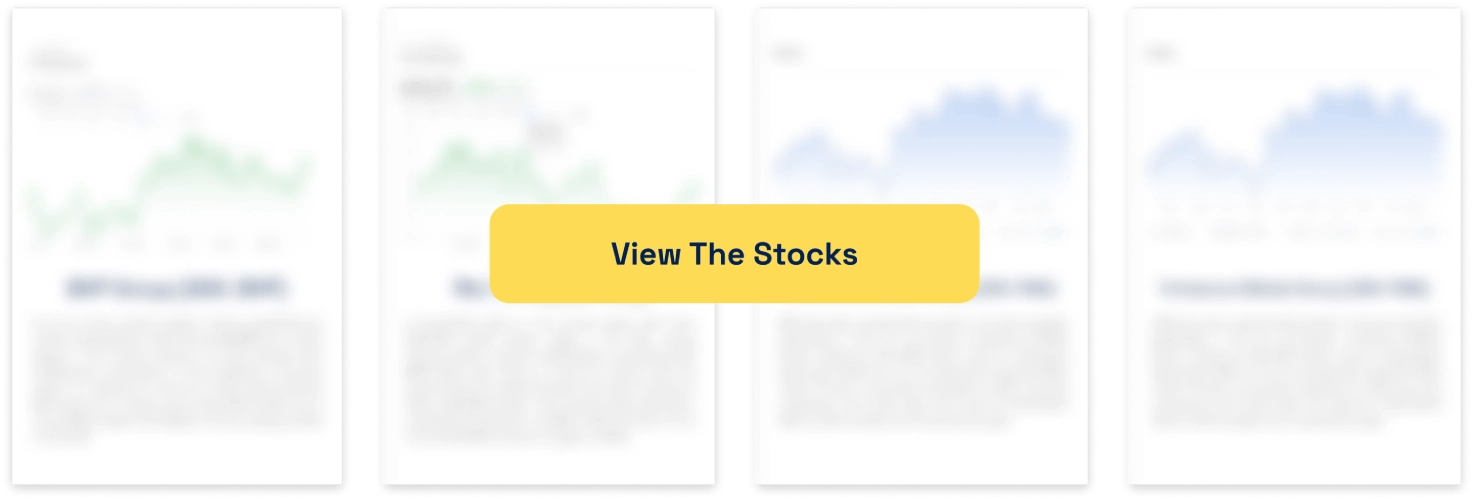Here’s how inflation is calculated in Australia…and makes the RBA decide which way interest rates move
![]() Nick Sundich, February 16, 2025
Nick Sundich, February 16, 2025
How inflation is calculated is a controversial topic. It is nothing but a rough attempt to measure the level of prices of goods and services that households buy. And it may sometimes seem that some prices have risen by a lot more than the headline rate.
But like it or loathe it, that is the rate the RBA uses to decide whether the economy needs a tightening of monetary policy or a loosening of monetary policy. This is most prominently the cash rate, but it can also involve other mechanisms like quantitative easing.
Here’s how inflation is calculated in Australia
The key indicator is the Consumer Price Index (CPI) which is calculated by the Australian Bureau of Statistics (ABS). It is calculated both quarterly and monthly. The quarterly measure is the principal measure of inflation, whilst the monthly is secondary – the latter only uses two-thirds of the CPI basket and has only been published since September 2022.
The four most important weighted goods are:
- Housing (22%)
- Food and non-alcoholic beverages (17%)
- Recreation and culture (13%), and
- Transport (11%).
You can see the 4 of these account for 63% of the basket. But there are a total of 11 groups and 87 expenditure classes categorised into those 11 groups.
The ABS collects this data from a wide range of sources (scanner data most prominantly), but also collects prices from government authorities, energy providers and real estate agents. And sometimes it adjusts CPI weighting if consumers change their expenditure on items particularly, like if they are introduced to the market for the first time or become increasingly important.
The calculation of the inflation rate is simple, calculating the percentage change in prices. Each ‘basket’ is calculated individually and then the individual category is ‘weighted’, meaning it is calculated by the % of the weight it has in the basket.
What about the ‘trimmed mean’?
The ABS has a mechanism of excluding certain volatile items including fruit, vegetables and fuel. The prices for these can all fluctuate rapidly and skew the data in one particular way. Fruit and vegetable prices can rise rapidly with extreme weather events like cyclones that disrupt supply, while oil prices can fluctuate with geopolitical conditions and/or OPEC supply changes.
The ABS calls the measures of inflation without them as trimmed mean. Of course, these are not the only items that can be excluded – the RBA excludes other classes and publicly discloses this. It also discloses the weights used in the CPI basket. There’s also the weighted median which is the inflation rate of the middle of price changes in the CPI basket (the 50th percentile).
Of course, the RBA does note for one-off impacts on other goods, but may not exclude them altogether. A recent example was with energy bills, where prices fell due to the 2024-25 Commonwealth Energy Bill Relief Fund (EBRF) rebates.
The ABS also calculates inflation specifically for goods and services. There can often be quite a divergence between the two for various reasons. Annual services inflation was 4.3% in December 2024, whilst goods inflation was 0.8%.
What inflation is not
It only measures price changes, not price levels. And it only measures pure price changes regardless of the reason – unless goods are excluded for reasons strong enough that the RBA deems it necessary to exclude goods.
It also is only a measure of price changes in regional, rural and remote areas because these can differ significantly with prices in metropolitan areas. And finally, it is not a measure of the cost of living – there are other indexes published by the ABS that aim to provide a better indicator.
Conclusion
Agree or disagree with how inflation is calculated, it is what it is. And we hope you have a better understanding of it and thus how the RBA makes decisions.
What are the Best ASX Stocks to invest in right now?
Check our buy/sell tips
Blog Categories
Get Our Top 5 ASX Stocks for FY26
Recent Posts
Qantas (ASX:QAN) Soars 9% on FY25 Results as Revenue Hits A$23.8 Billion
Investors Reward Qantas as Recovery Turns Into Renewed Momentum Qantas (ASX:QAN) surged 9 percent today after unveiling its FY25 results,…
Why Telix (ASX:TLX) Fell 20% After FDA News – And What Investors Should Know
When expectations fall short, sentiment can shift in an instant. That is exactly what happened with Telix Pharmaceuticals (ASX: TLX)…
Inside Weebit Nano’s 333% Revenue Surge and the Future of ReRAM
Is This the Inflection Point Investors Have Been Waiting For? Weebit Nano (ASX:WBT) opened this morning with a 6% gain,…



